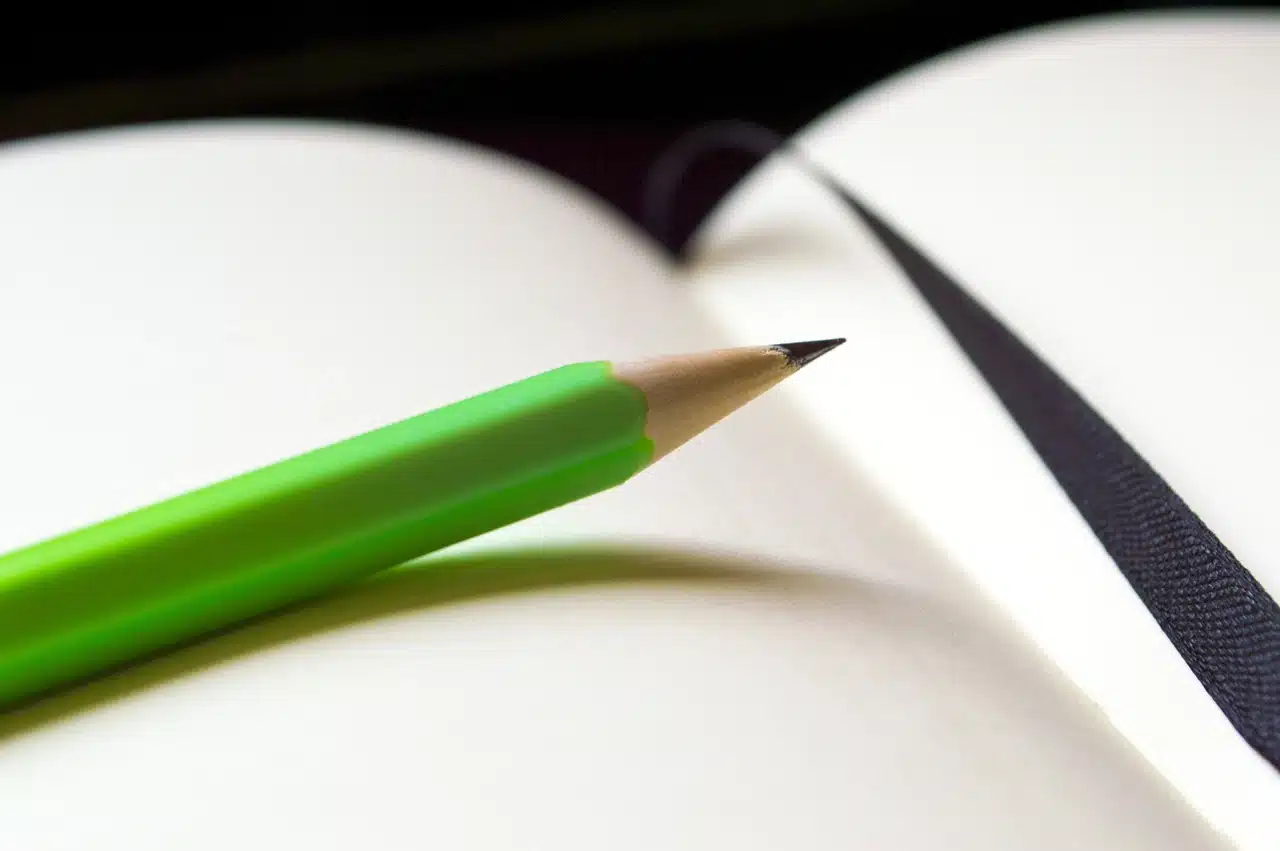
In the poetic function, the focus is on how a message is transmitted and structured so that its aesthetic purpose becomes evident.
The poetic function is very present in literature since ancient times but also in every contemporary expression of verbal communication that aims to generate or transmit beauty and make each message more attractive.
It is one of the six functions of language that, many years ago, the Russian linguist Roman Jakobson recognized after investigating each element involved in the communication process, which requires an issuer willing to emit a message and have it delivered through a message. certain channel and a certain code so that it reaches the recipient, that is, the receiver. This scholar also made contributions on the metalinguistic function , the phatic function , the referential function , the conative function and the emotive function that confirm the wide range of options available to those who wish to express themselves and communicate through words, whether in oral format. or written.
Rhetorical figures and tools linked to the poetic function
There are rhetorical figures and tools linked to the poetic function , as deduced from theory and verified in practice when enjoying literary material.
It is common, for example, to take advantage of the benefits of metaphor , to apply the resource known as simile (of similarities or similarities between literary concepts) or to appeal to ellipsis when constructing a text with an aesthetic sense. Irony , metonymy , hyperbole and oxymoron also contribute to achieving a poetic result.
For the creation of poetry, specifically, it is common to opt for alliteration , just as many authors use epiphora to reiterate at least one word at the end of a stanza or verse .
When enhancing the expressive style of a content, to add another possibility as a reference, the rhetorical figure baptized as polisyndeton is taken into account, while the ally to cause impact from a contrast or contrast is the antithesis .

The poetic function shines in multiple literary genres.
Literary genres with aesthetic sense
There are several literary genres with an aesthetic sense and practically all of them delight children, young people and adults of various generations who cultivate the reading habit. The explanation for this phenomenon? The creativity of the sender , his rhyming skills and, ultimately, his artistic ability to express himself through the poetic function of language manage to beautify both a story and a novel , regardless of whether they belong to children's literature , to youth literature. or the literature segment aimed at older children.
A playwright , a writer specialized in either narrative or didactic prose , and a poet can differ in style and in the literary movement in which they identify, but they are united by the poetic function that, in addition to being evident in the genres indicated lines above, is typical of a play , an essay and a poem .
Investigating in depth the scope of the aforementioned poetic function , it even emerges that it is typical of an epigram (short compositions achieved with a lot of wit and sarcasm ), of the haiku (a poetic creation of Japanese origin that is characterized by having a very short length). and limerick (type of poetry with a specific structure and predominance of humor in its content). In an ode and an elegy (both expressions included in the universe of lyric poetry ) it is noted, in the same way, how the poetic function enriches the message with expressive resources that emphasize ideas and exalt the description of beings, places, elements. , etc.
It is interesting, at the same time, to dwell on the role of those who choose to report from literary journalism . The chronicle of this type of communicator has the particularity of being extensive and very detailed, it demonstrates rigorous research to reconstruct facts but also an intelligent use of techniques typical of the field of literature . In this type of text, fiction is mixed with reality and the language becomes very detailed and illustrative, just as the monologue and/or dialogue are essential instruments to narrate a true story with aesthetic sensitivity .

Texts with an aesthetic sense are achieved by applying rhetorical figures and other resources that help exalt beauty.
Literary movements that embraced the poetic function
There were many literary movements that embraced the poetic function throughout history.
The current baptized as Romanticism , to point out a specific case, had subjectivity and sensitivity in emotional matters as distinctive features. Its representatives, unlike the rational and calm behavior of the references of Neoclassicism , directed their efforts to the exacerbation of beauty and to be guided by their feelings.
In Modernism , meanwhile, the most widespread trend was to achieve poetic musicality through onomatopoeia and attention to rhythm , for example.
Nor can it be overlooked that the literary avant-garde, a group that includes futurism , cubism and surrealism , among other movements, held high the flag of freedom of expression, experimenting artistically with an innovative and creative profile. In this context, metaphors and word games became visible, among other useful tools to break tradition and expand a new style in relation to communication .
